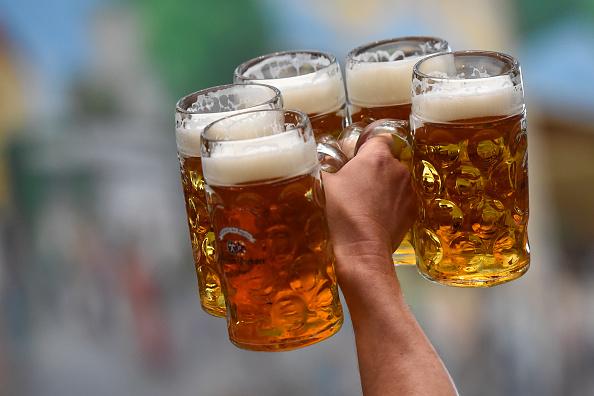As I noted in my previous column, most of us don’t observe the seasonality of booze to the extent we do food. That’s as true for beer and wine as it is for spirits and cocktails: Outside of a spring fling with rosé and a hankering for pumpkin ale right about now, you probably don’t adjust your tastes according to the weather forecast.
But why not? After all, they’re agricultural products, too, made from crops as dependent on the planting and harvesting cycle as any other, with results as varied. Some are light and crisp, like the dishes you crave in a heat wave; some are weighty and plush, like the ones you seek out to stave off the cold. And though sipping a chilled Pinot Grigio with a bowl of beef stew in the dead of winter is your right, you’d be better served (and warmed) by a wine you can actually taste against all that richness.





